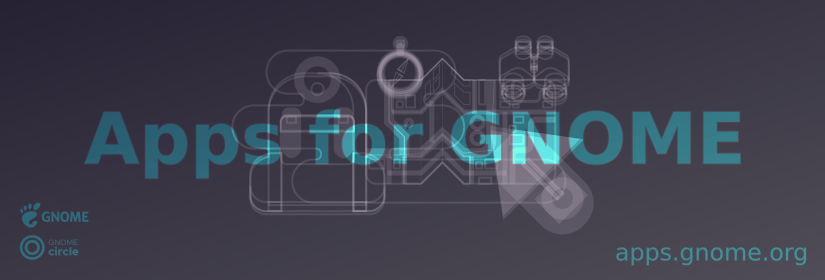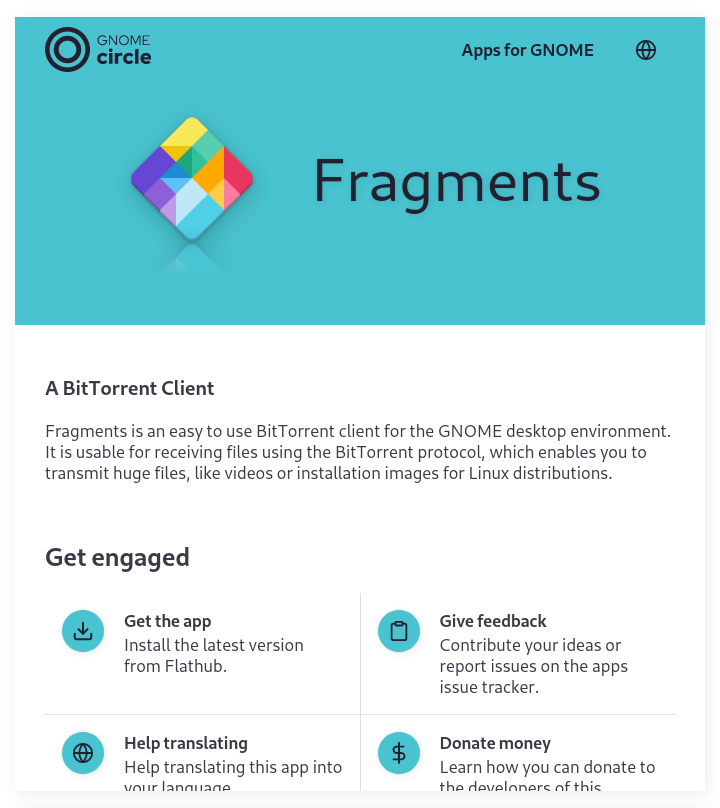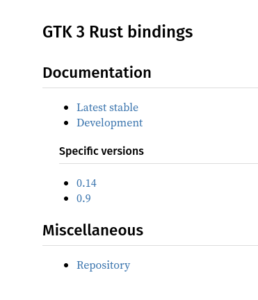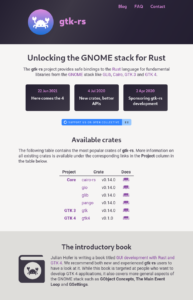This is not an official post from GNOME Foundation nor am I part of the GNOME Foundation’s Board that is responsible for the policies mentioned in this post. However, I wanted to sum up the current situation as I understand it to let you know what is currently happening around app policies.
Core and Circle
Ideas for (re)organizing GNOME apps have been around for a long time, like with this initiative from 2018. In May 2020, the Board of Directors brought forward the concept of differentiating “official GNOME software” and “GNOME Circle.” One month later the board settled on the GNOME Foundation’s software policy. GNOME Circle was officially launched in November 2020.
With this, there are two categories of software:
-
-
Official GNOME software, curated by the release team. This software can use the GNOME brand, the org.gnome app id prefix, and can identify the developers as GNOME. Internally the release team refers to official software as core.
- GNOME Circle, curated by the Circle committee. This software is not official GNOME software and cannot use the GNOME trademarks. Projects receive hosting benefits and promotion.
-
Substantial contribution to the software of either of those categories makes contributors eligible for GNOME Foundation membership.
Those two categories are currently the only ones that exist for apps in GNOME.
Current Status and Outlook
Since the launch of GNOME Circle, no less than 42 apps have joined the project. With Apps for GNOME, we have an up-to-date representation of all apps in GNOME. And more projects benefitting from this structure are under development. Combined with other efforts like libadwaita, new developer docs, and a new HIG, I think we have seen an incredible boost in app quality and development productivity.
Naturally, there remain open issues after such a huge change. App criteria and workflows have to be adapted after collecting our first experiences. We need more clarification on what a “Core” app means to the project. And last but not least, I think we can do better with communicating about these changes.
Hopefully, at the upcoming GUADEC 2022 we will be able to add some cornerstones to get started with addressing the outstanding issues and continue this successful path. If you want to get engaged or have questions, please let me know. Maybe, some questions can already be answered below :)
Frequent Questions
Why is this my favorite app missing?
I often get questions about why an app is absent from apps.gnome.org. The answer is usually, that the app just never applied to Circle. So if your favorite app is missing, you may want to ask them to apply to GNOME Circle.
What do the “/World” and “/GNOME” GitLab namespaces mean?
I often get asked why an app is not on apps.gnome.org or part of “Core” while its repository resides in /GNOME. However, there is no specific meaning to /GNOME. It’s mostly a historical category and many of the projects in /GNOME have no specific status inside the project. By the way, many GNOME Circle projects are not even hosted on GNOME’s GitLab instance.
New “Core” apps however will be moved to /GNOME.
But I can still use org.gnome in my app id or GNOME as part of my app name?
To be very clear: No. If you are not part of “Core” (Official GNOME software) you can’t. As far as I can see, we won’t require apps to change their app id if they have used it before July 2020.
What about those GNOME games?
We have a bunch of nice little games that were developed within the GNOME project (and that largely also still carry legacy GNOME branding.) None of them currently have an official status. At the moment, no rules exclude games from becoming part of GNOME Circle. However, most of those games would probably need an overhaul before being eligible. I hope we can take care of them soon. Let me know if you want to help.










